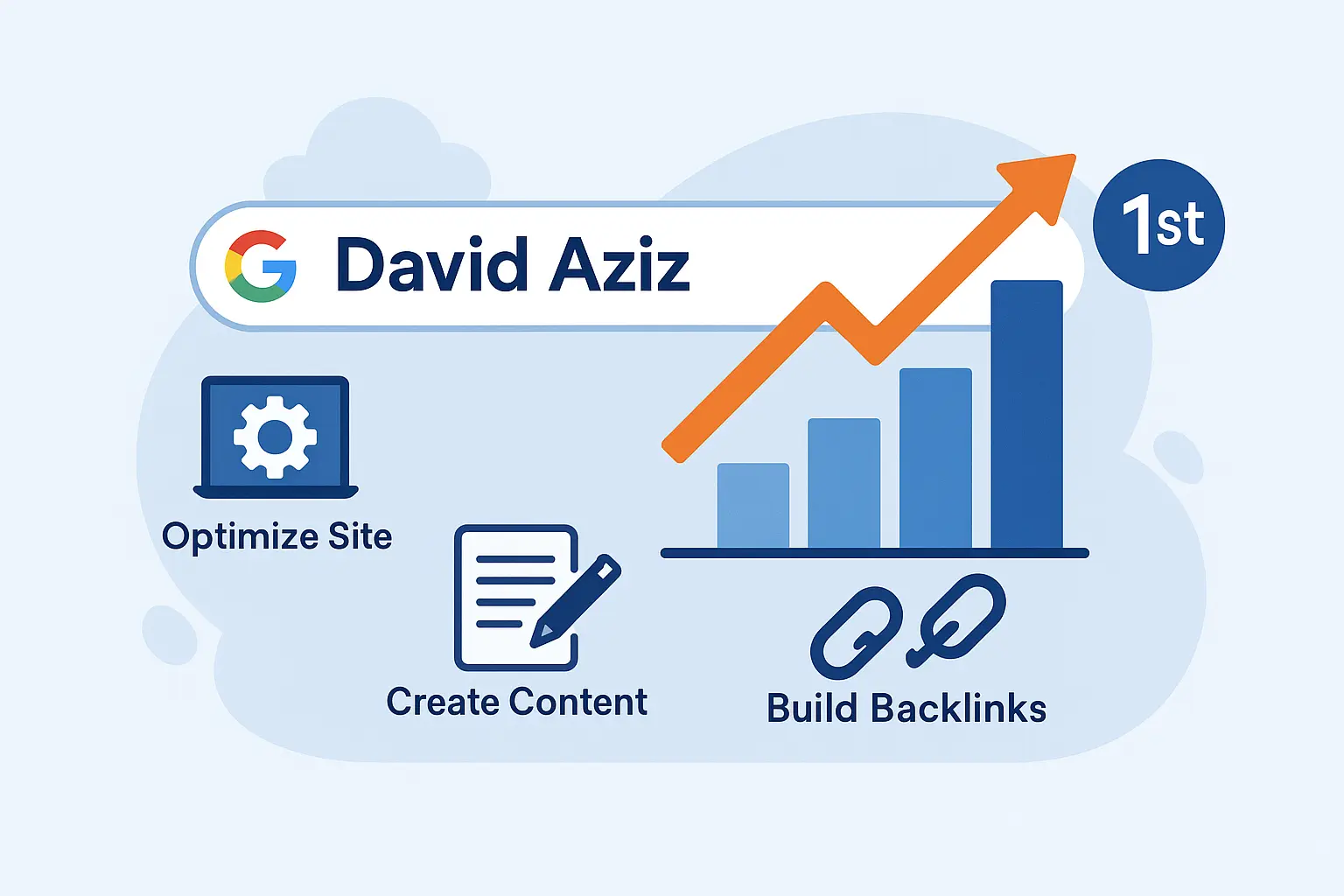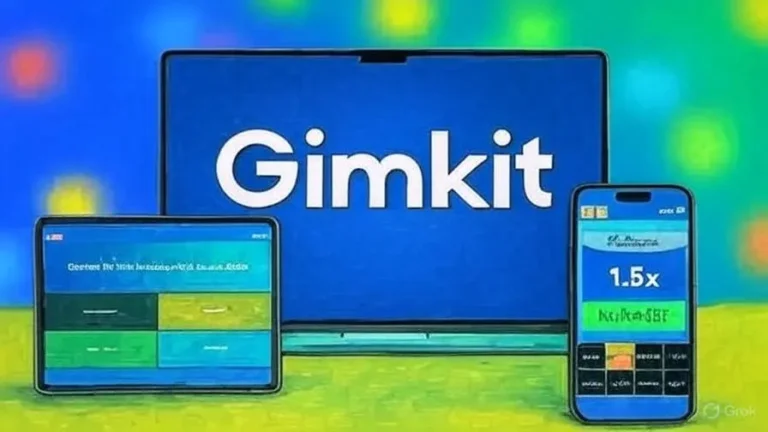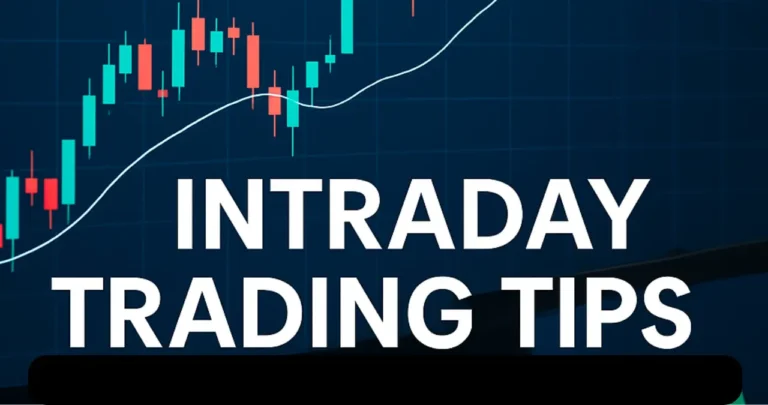How to Get on First Page of Google Search David Aziz

Ranking on the first page of Google is a game-changer for any website, and how to get on first page of Google search David Aziz is a goal that blends strategic SEO with practical execution. With over 75% of users never scrolling past Google’s first page, securing a top spot drives traffic, credibility, and growth. Inspired by the insights of digital marketing expert David Aziz, this guide unpacks actionable strategies to elevate your website’s visibility. From mastering keyword research to optimizing user experience, we’ll explore how to align with Google’s algorithm and achieve sustainable success.
Mastering Keyword Research for Google Rankings
Effective SEO begins with understanding what your audience searches for. Keyword research lays the foundation for ranking high on Google.
Targeting Long-Tail Keywords
Long-tail keywords, like “how to get on first page of Google search David Aziz,” are specific phrases with lower competition but higher conversion potential. These terms attract users with clear intent, making them ideal for niche topics. Tools like Google Keyword Planner, Ahrefs, or SEMrush can help identify relevant long-tail keywords. Focus on phrases that align with your content and audience needs, ensuring they’re naturally woven into your text.
Understanding Search Intent
Search intent—whether informational, transactional, or navigational—shapes how Google ranks content. For example, someone searching “how to get on first page of Google search David Aziz” likely seeks actionable SEO advice. Tailor your content to answer their query comprehensively, addressing pain points and providing solutions. This alignment boosts relevance and improves your chances of ranking.
Crafting High-Quality, Relevant Content
Content is the backbone of SEO, and Google prioritizes pages that deliver value and engagement.
Writing In-Depth, Engaging Articles
Comprehensive content, typically 1,500–2,500 words, tends to rank higher because it covers topics thoroughly. Write clear, well-structured articles with headings (H1, H2, H3) to enhance readability. Incorporate multimedia like images, infographics, or videos to keep users engaged. David Aziz emphasizes creating content that solves problems and resonates with readers, reducing bounce rates and signaling quality to Google.
Updating Content Regularly
Google favors fresh, relevant content. Revisit older posts to add new insights, examples, or updated statistics. For instance, refreshing a 2024 SEO guide for 2025 ensures it remains valuable. Regular updates maintain your site’s authority and improve rankings over time.
Optimizing On-Page SEO Elements
On-page SEO involves fine-tuning elements on your website to make it search-engine-friendly.
Crafting Compelling Title Tags and Meta Descriptions
Your title tag should include your primary keyword, like “how to get on first page of Google search David Aziz,” and be under 60 characters for optimal display. Meta descriptions, limited to 160 characters, should summarize the content and entice clicks. For example: “Learn expert SEO tips to rank high with David Aziz’s strategies.” These elements improve click-through rates and relevance.
Using Headers and Internal Linking
Structure your content with descriptive headers (H2, H3) that include related keywords. Internal linking to other relevant pages on your site enhances navigation and helps Google crawl your content effectively. For example, link to a related article on backlink strategies to keep users engaged longer.
Building High-Quality Backlinks
Backlinks from reputable websites signal authority and trustworthiness to Google.
Guest Blogging and Outreach
Write guest posts for industry-relevant sites, including links back to your content. David Aziz recommends reaching out to bloggers and influencers to promote your articles, increasing the likelihood of earning natural backlinks. Focus on quality over quantity—links from high-authority sites carry more weight.
Broken Link Building
Identify broken links on other websites and suggest your content as a replacement. This tactic benefits site owners by fixing errors and earns you valuable backlinks. Tools like Ahrefs can help find broken link opportunities in your niche.
Enhancing Technical SEO and User Experience
A fast, user-friendly website is critical for ranking on Google’s first page.
Improving Site Speed and Mobile-Friendliness
Google prioritizes mobile-first indexing, so ensure your site is responsive and loads quickly. Use tools like Google PageSpeed Insights to compress images, minify code, and enable caching. A fast-loading, mobile-friendly site reduces bounce rates and improves user satisfaction.
Submitting an XML Sitemap
An XML sitemap helps Google crawl and index your pages efficiently. Submit it via Google Search Console to ensure all relevant pages are discovered. Regularly audit your site for broken links or crawl errors to maintain technical health.
Leveraging Local SEO for Targeted Visibility
For businesses or individuals targeting a specific area, local SEO can boost rankings.
Optimizing Google My Business
Claim and optimize your Google My Business profile with accurate details like name, address, and phone number (NAP). Encourage positive customer reviews and use local keywords in your content to appear in location-based searches.
Consistent NAP Across Platforms
Ensure your business information is consistent across directories like Yelp or social media. Inconsistencies can confuse Google and harm your local rankings. David Aziz advises regular audits to maintain NAP accuracy.
Monitoring and Adapting Your SEO Strategy
SEO is an ongoing process that requires tracking and refinement.
Using Analytics Tools
Google Analytics and Search Console provide insights into traffic, bounce rates, and keyword performance. Monitor which pages drive results and identify areas for improvement. David Aziz stresses data-driven decisions to stay ahead of competitors.
Staying Updated with Algorithm Changes
Google’s algorithm evolves regularly, with updates like RankBrain and BERT emphasizing user intent. Follow SEO blogs, Google Search Central, or industry webinars to adapt your strategies. Staying informed ensures your site remains compliant and competitive.
Conclusion
Achieving a top spot with how to get on first page of Google search David Aziz requires a blend of strategic keyword use, high-quality content, and technical optimization. By following David Aziz’s proven methods—targeting long-tail keywords, creating valuable content, building authoritative backlinks, and prioritizing user experience—you can climb Google’s rankings. SEO is a marathon, not a sprint, so stay patient and consistent. Monitor your progress, adapt to algorithm changes, and keep refining your approach. Start implementing these strategies today to boost your visibility and dominate search results.
Explore More On This Topic: The Ultimate Guide to Becoming a Gimkit Host: Create, Play, and Engage






